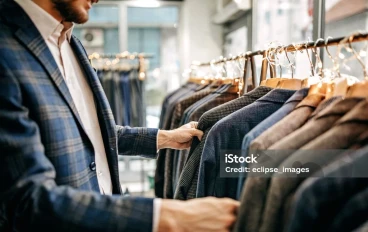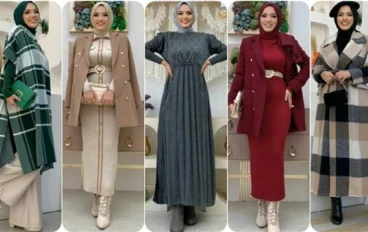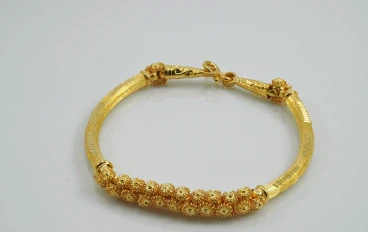
اليوم الأول في المدرسة: أسرار الإطلالة المميزة التي تمنحك حضورًا مختلفًا
Fashion: More Than Just Clothes

Fashion is much more than simply the clothes we wear; it is a powerful form of self-expression and a reflection of culture, history, and personality. From the runways of Paris and Milan to the streets of New York and Tokyo, fashion influences how people perceive themselves and others.
One of the key aspects of fashion is its ability to evolve. Trends change seasonally, driven by designers, celebrities, and social media influencers. Yet, despite constant change, some styles remain timeless. Classic pieces like the little black dress, tailored suits, or denim jeans have proven that elegance and simplicity never go out of style.
Fashion is also a way to showcase individuality. People mix colors, textures, and accessories to create unique looks that express their moods, beliefs, and tastes. For example, streetwear culture emphasizes comfort and bold designs, while haute couture focuses on luxury and intricate craftsmanship.
Moreover, fashion is closely linked to identity. It can signify social status, profession, or even political beliefs. Throughout history, clothing has been used to make statements—from the flapper dresses of the 1920s symbolizing women’s liberation to modern sustainable fashion movements promoting environmental consciousness.
In today’s digital age, fashion has become more accessible than ever. Online shopping, social media platforms, and fashion blogs allow people from all over the world to stay updated with the latest trends. This globalization of fashion has made it a universal language, connecting diverse cultures through style and creativity.
In conclusion, fashion is not just about wearing the latest trends; it is about expressing who we are, telling stories without words, and connecting with the world. Whether through bold statements or subtle elegance, fashion remains an essential part of human culture, constantly shaping and reflecting society.
Fashion is a universal language that communicates identity, creativity, and cultural values. It is more than just clothing—it is a form of self-expression, a way to showcase personality, and a reflection of societal trends. People around the world use fashion to express their moods, beliefs, and tastes, making it an essential part of human life.
Throughout history, fashion has constantly evolved, influenced by art, culture, politics, and technology. In different eras, clothing styles have reflected the values and lifestyle of the time. For example, the Victorian era was marked by elaborate dresses and detailed accessories, symbolizing wealth and social status. In contrast, the 1920s brought simpler, freer styles, such as flapper dresses, representing women’s liberation and changing social roles. Today, fashion continues to evolve rapidly, driven by global influences, designers, and social media trends.
One of the most important aspects of fashion is individuality. While trends often inspire people, fashion allows each person to create a unique look that represents their personality. Some people prefer classic and timeless pieces, such as tailored suits, little black dresses, or elegant coats. Others embrace bold and experimental styles, mixing colors, patterns, and textures to make a personal statement. Accessories such as bags, shoes, hats, and jewelry also play a vital role in completing a fashion statement, allowing creativity to shine.
Fashion is also closely connected to identity and culture. Traditional clothing often represents cultural heritage and history. For instance, the kimono in Japan, the sari in India, and the dashiki in Africa are not only garments but symbols of cultural pride and tradition. Modern fashion, on the other hand, blends global influences, creating new styles that transcend borders. Streetwear, haute couture, and sustainable fashion movements all reflect diverse social and cultural ideas.
Technology has further transformed the fashion industry. Online shopping, fashion blogs, and social media platforms make it easier for people to explore and adopt the latest trends. Influencers and celebrities play a significant role in shaping modern fashion, inspiring millions to try new styles. Additionally, sustainability has become an important focus in recent years, with eco-friendly materials, ethical production methods, and second-hand clothing gaining popularity. This shift emphasizes that fashion can be responsible and creative at the same time.
In conclusion, fashion is much more than clothing—it is an art form, a personal statement, and a cultural reflection. It allows individuals to express themselves, showcase their creativity, and connect with the world. By observing fashion trends and personal style choices, we can understand not only aesthetics but also the social, cultural, and historical contexts behind them. Whether embracing timeless elegance or experimenting with bold new looks, fashion continues to inspire, empower, and unite people around the world.
































